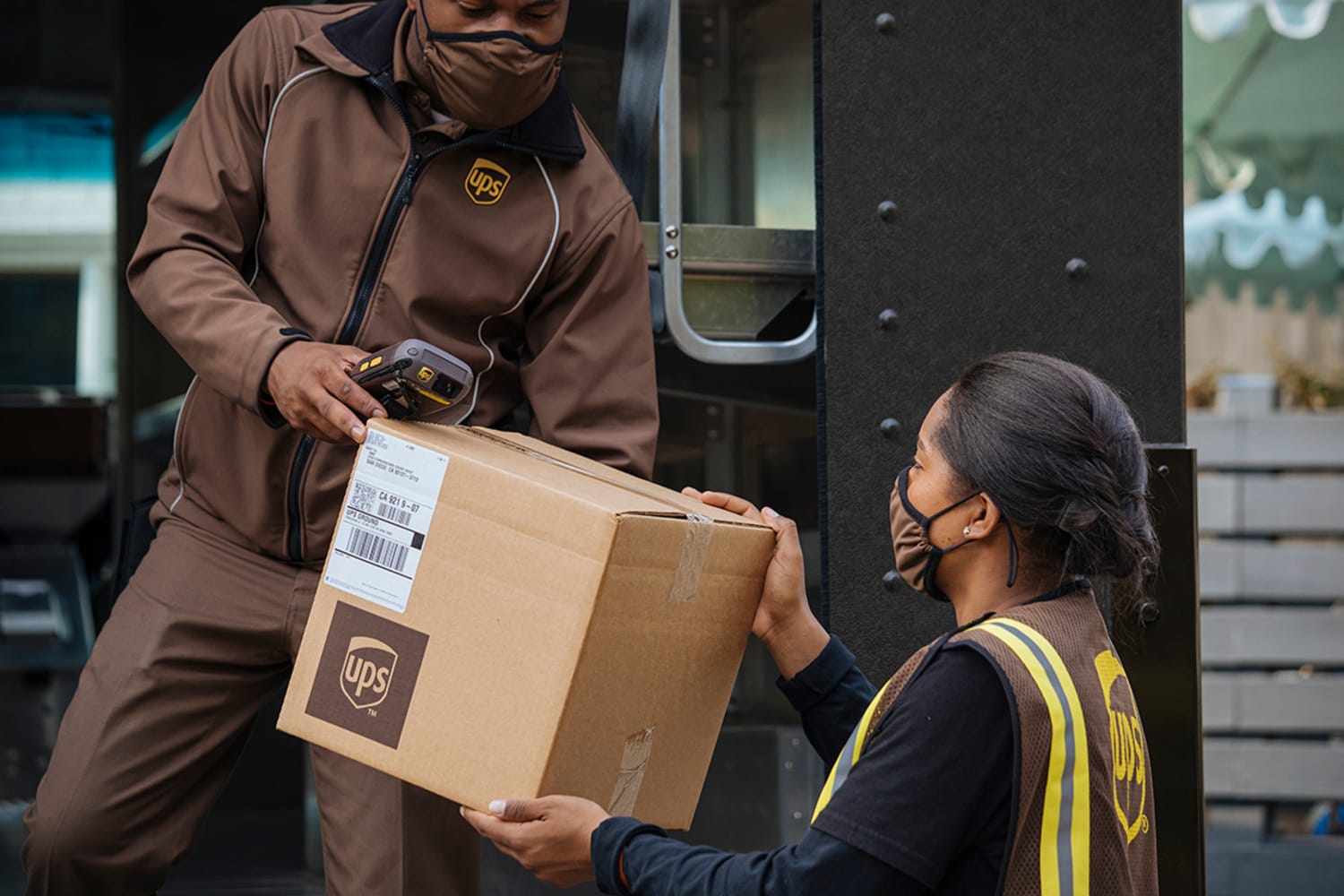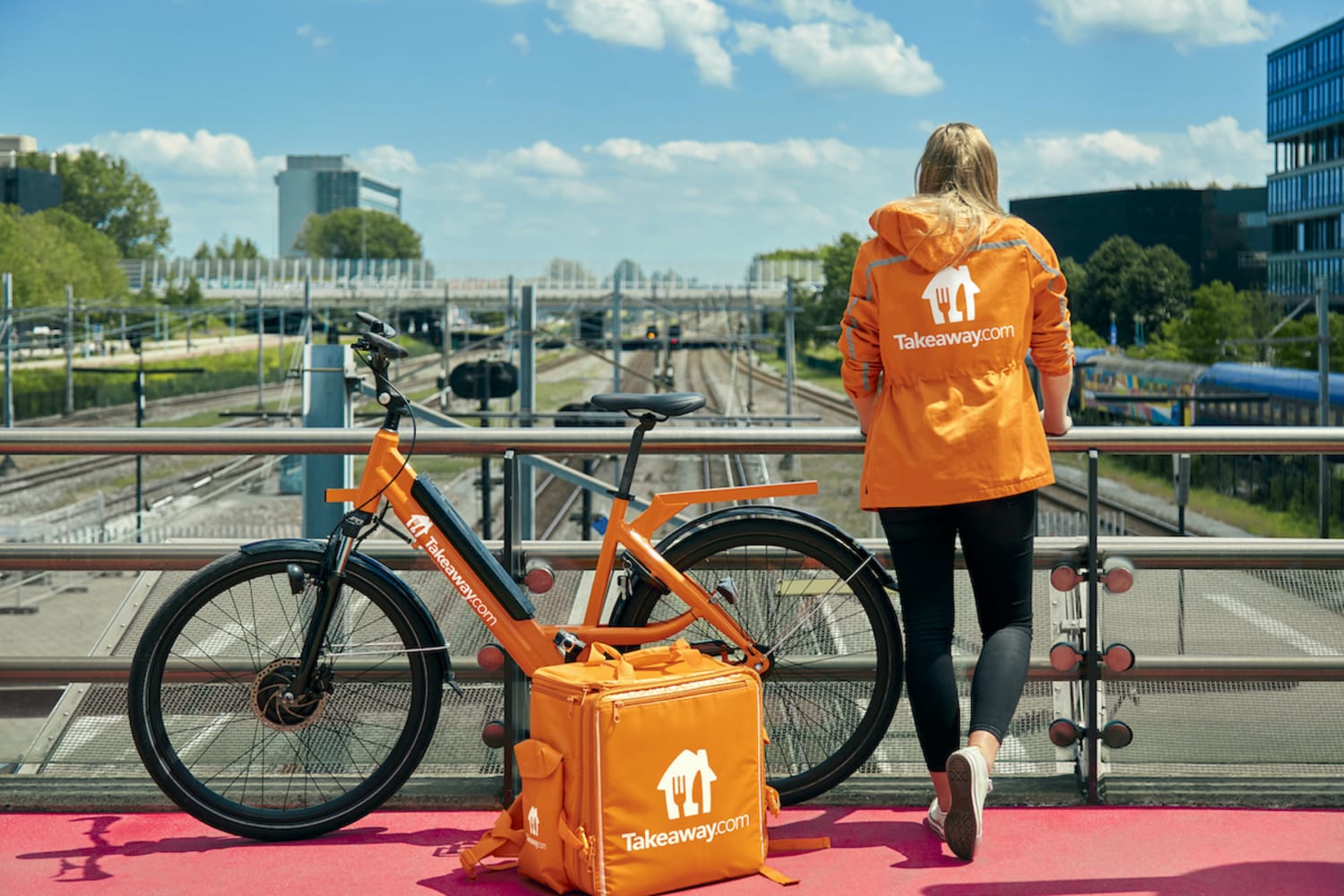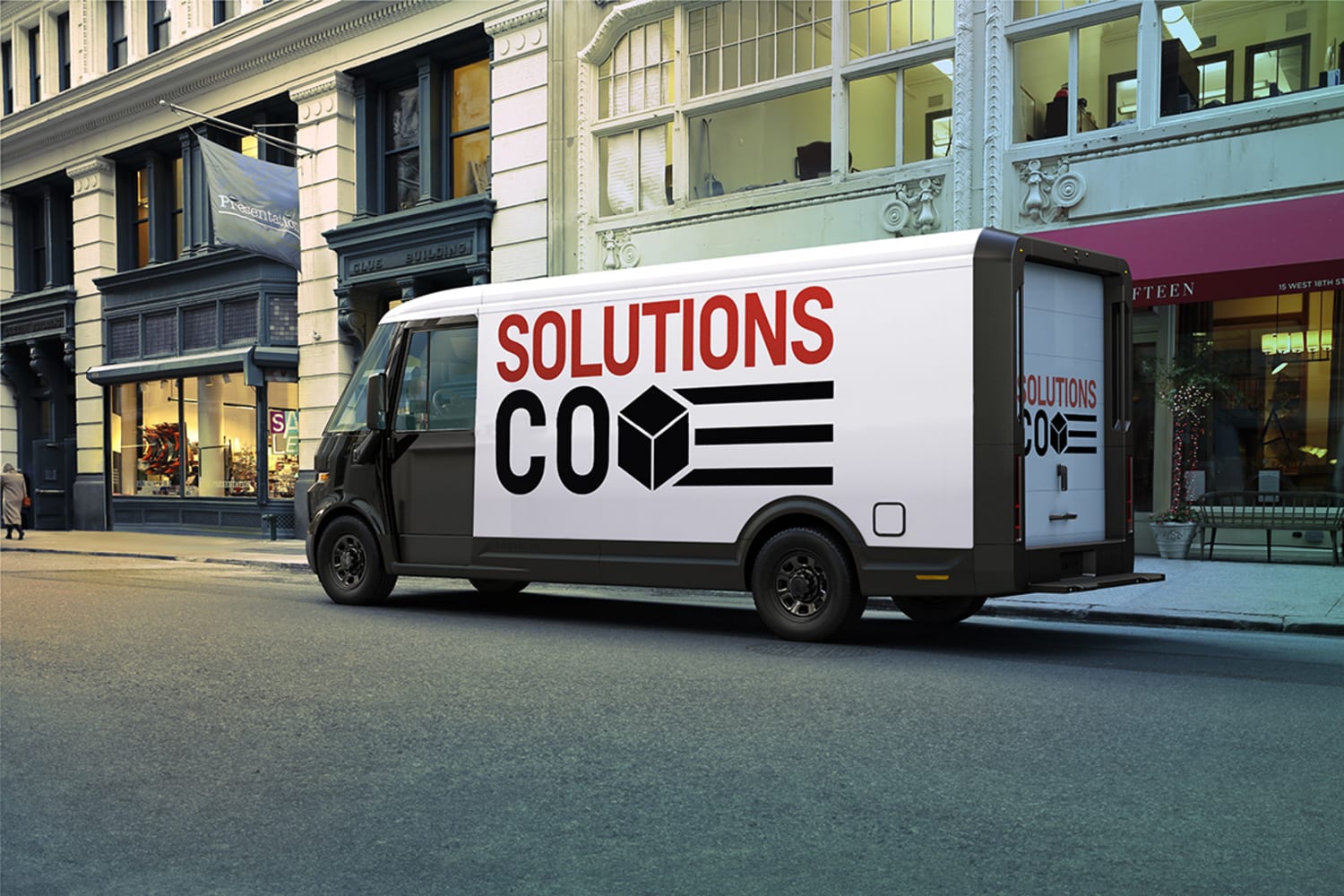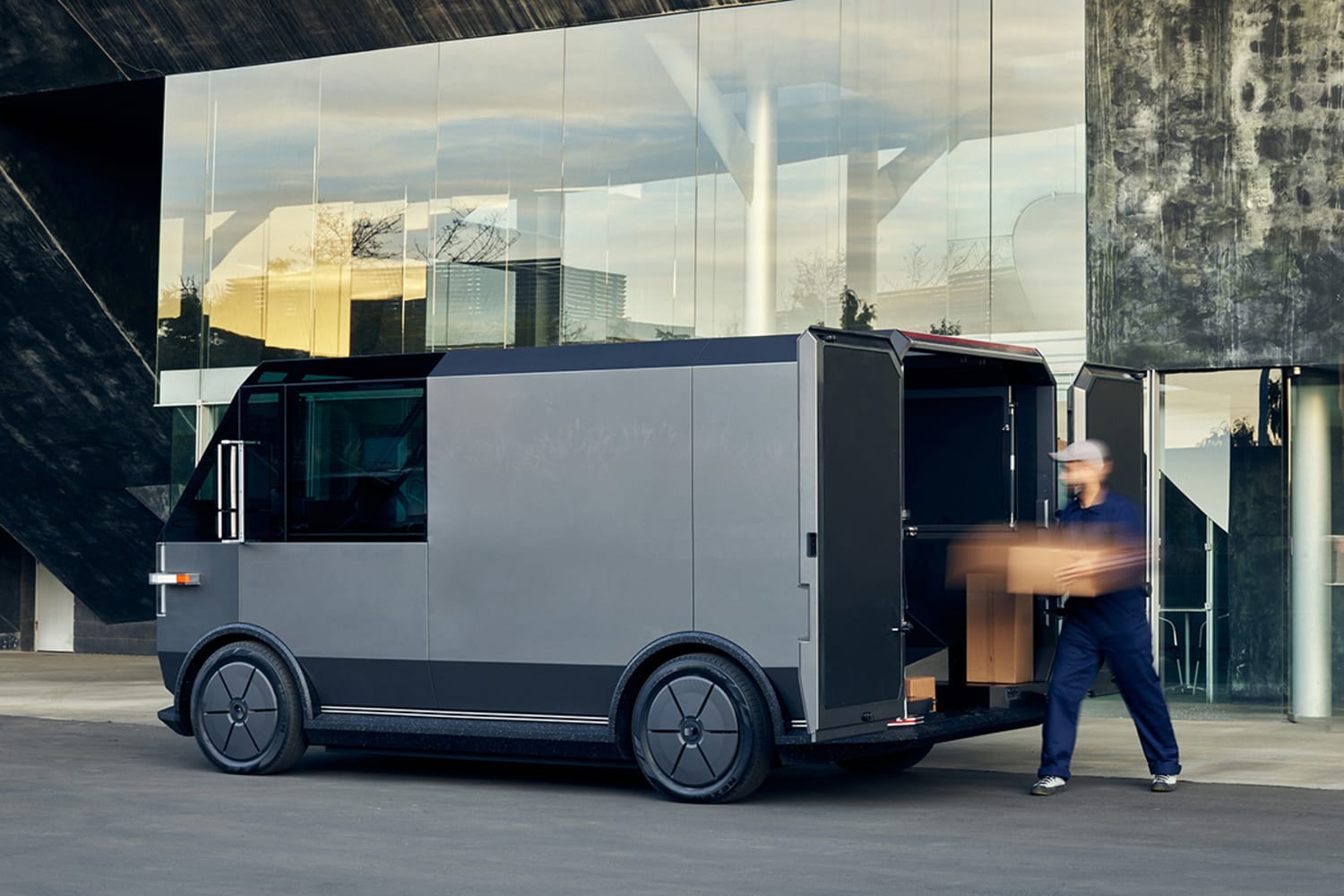Hundreds of people are reeling and taking to social media to lash out at Peloton, as the New York Times reported in January. These are angry customers still waiting for the bike they shelled out hundreds of dollars on. The American company famous for its at-home workout bike has soared in popularity during lockdown, but as sales surged Peloton came up against the challenge of getting the products delivered over December and January. John Foley, co-founder and CEO at Peloton had to apologize to customers for the prolonged delivery wait times.
From food to vaccines, delivery services have graduated from nice-to-have to essential, driving a race to ownership.

The rapid rise of ecommerce in the past year has spotlighted an understated but essential part of the retail chain: delivery. The United States Postal Services (USPS) saw a historic number of shipments over the 2020 holiday season. In the last three months of 2020, the daily average number of packages delivered by United Parcel Service (UPS) rose nearly 11% with a 21% rise in revenue—hitting a record high of $24.9 billion. And FedEx reported a 29% surge in shipping volumes in its Ground unit during the quarter that ended November 30.
Richard Smith, executive president at FedEx Express, said in a January 2021 statement that the pandemic has greatly accelerated ecommerce and door-to-door delivery. Smith predicted that these sectors will continue to grow, with US residential deliveries expected to reach 100 million packages a day by 2023—a projection that was originally set for 2026.
Food delivery surge
Supermarkets and restaurants have experienced a surge in food deliveries prompted by lockdown living. On February 2 2021, Uber announced plans to acquire alcohol delivery service Drizly for $1.1 billion. This move is hot off the heels of Uber’s $2.65 billion deal to buy out food delivery service Postmates. As the ride hailing side of the business struggles, Uber sees opportunity in food delivery.



Third party delivery services are thriving. In the US, UberEats grew by 58% in December 2020 compared to January 2020, according to Comscore. DoorDash also saw a 41% increase in the same time period. In Europe, Just Eat Takeaway.com sales rose by 57% during the last three months of 2020 compared to 2019. And online grocery retailer Ocado details plans to open three new warehouses in 2021 to meet continued demand.
The rise in food delivery makes sense under lockdown constraints, but as restrictions ease the question at large is whether this trend will continue. Michael Schaefer, global head of beverages and foodservice at Euromonitor, predicts it will. “If the 20th century was all about putting packaged food within, let’s say a 10-minute drive of every consumer, I think the 21st is going to be all about putting prepared food within a click of every consumer,” he tells Wunderman Thompson Intelligence.
Delivery vehicle innovation
According to a study by the World Economic Forum, rising demand in ecommerce will lead to 36% more delivery vehicles in the world’s top 100 cities by 2030, with last-mile delivery expected to grow by 78%.



As the delivery industry propels, companies in this space are planning for the long-term, opting for greener options by investing in electric delivery vehicles. General Motors (GM) went all out with the launch of its new electric delivery business unit, BrightDrop. Announced in January 2021, BrightDrop aims to make commercial delivery services sustainable with its all-new electric vehicles. FedEx Express has already test-driven BrightDrop’s delivery system and is slated to be its first customer when the vehicles officially launch later this year.



Other players in the electric vehicle marketplace are also fueling investment in the delivery space. Amazon showed off its first electric delivery van, built by Californian startup Rivian, in October 2020. The vans are scheduled to begin commercial deliveries in mid 2021. UK-based Arrival received an order for 10,000 electric vehicles from UPS in January 2020 and hopes to use an $85 million investment from Hyundai to ramp up production. In December 2020, US company Canoo unveiled plans for a “fully electric multipurpose delivery vehicle,” with commercial release expected in 2023. And at CES 2021, Cenntro Automotive Group unveiled the CityPorter electric vehicle, designed for last-mile urban deliveries.
As commercial delivery booms, competition heats up with companies planning for a delivery ecosystem future that not only fulfills demand, but is also sustainable, efficient and safe.
Please provide your contact information to continue.
Related Content

VML Prague and KitKat offers a digital break with its new "Phone Break" campaign

